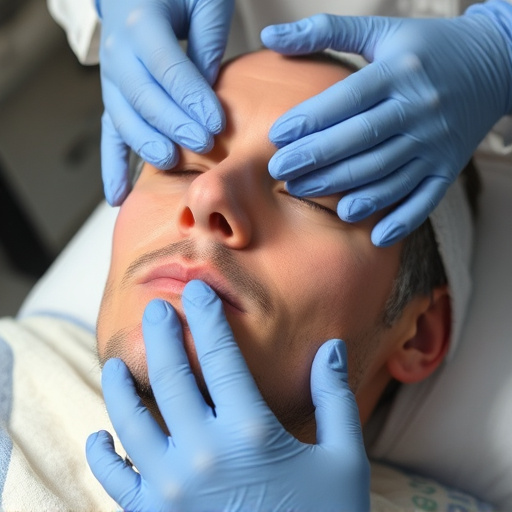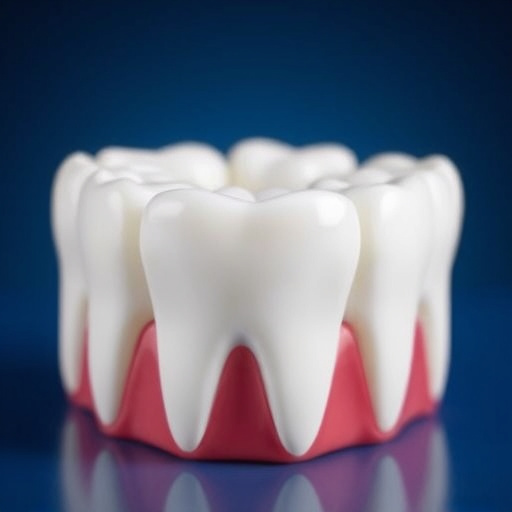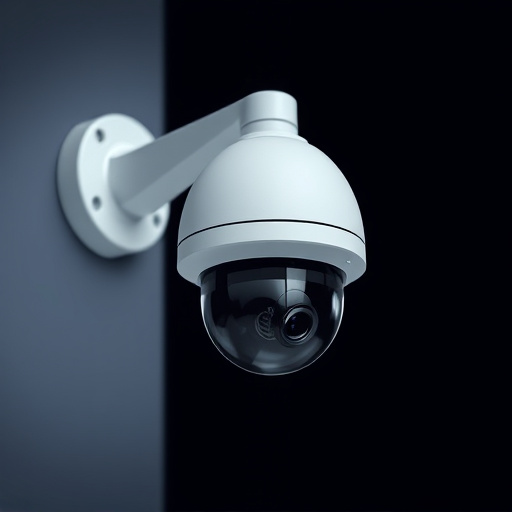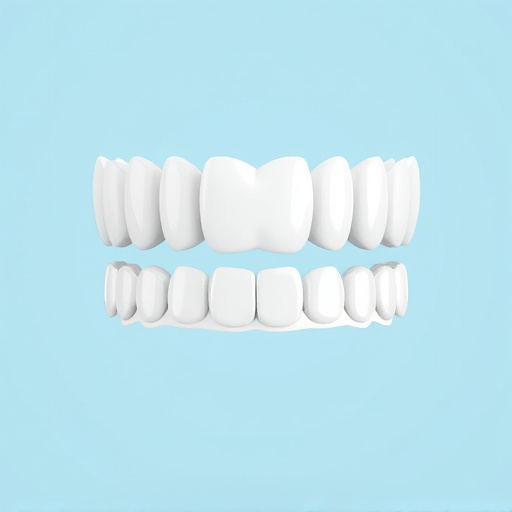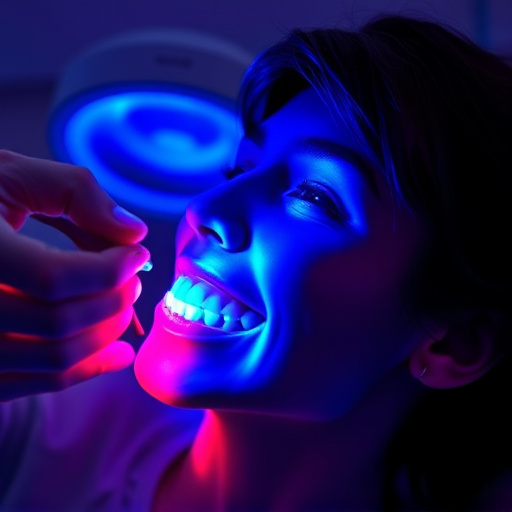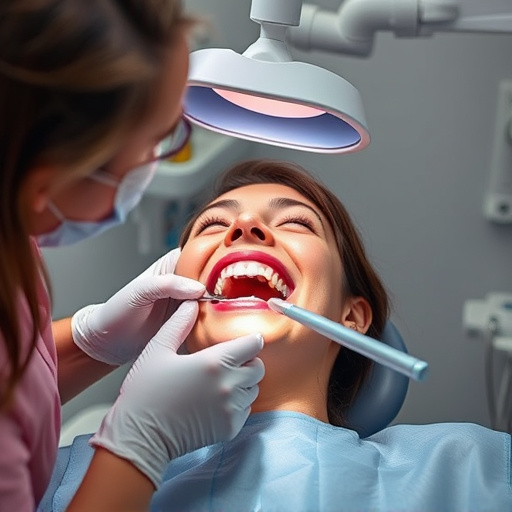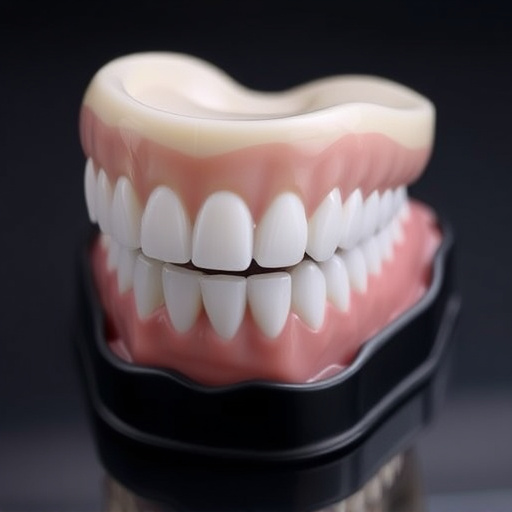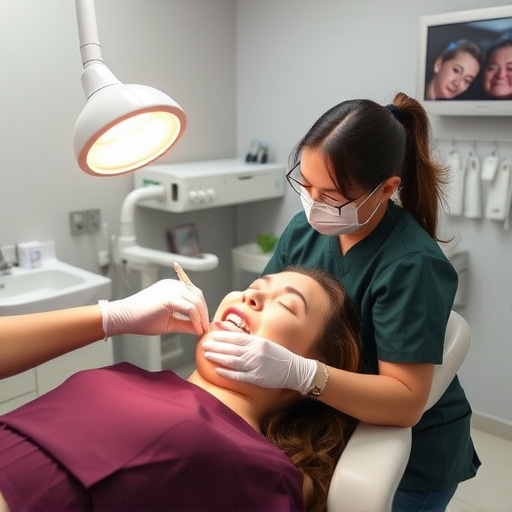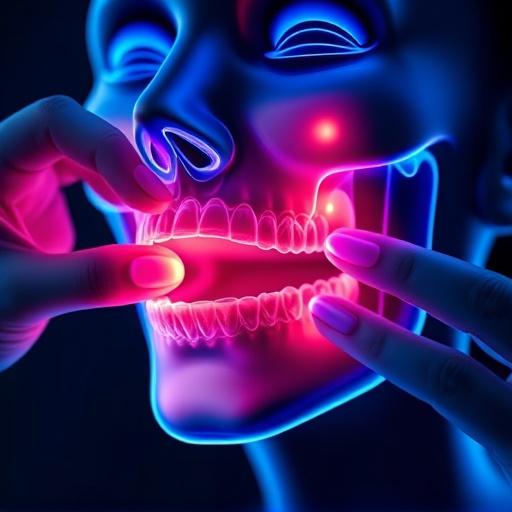Advanced technologies like 3D imaging and laser technology have revolutionized oral surgery procedures. These innovations provide unprecedented precision, minimize invasiveness, enhance patient comfort, and improve treatment outcomes. By enabling detailed planning, virtual simulations, and accurate incisions, these advancements have increased surgical success rates and decreased healing times in oral surgery procedures.
In the realm of oral surgery, advanced technology is transforming patient care. From 3D imaging and planning to computer-assisted surgery and laser technology, modern innovations are enhancing precision, improving outcomes, and making procedures more minimally invasive. This article explores these cutting-edge tools, highlighting how they revolutionize oral surgery practices, offering better comfort and faster recovery times for patients. Discover how these advancements are reshaping the landscape of oral surgery procedures today.
- 3D Imaging and Planning: Enhancing Precision in Oral Surgery
- Computer-Assisted Surgery: Revolutionizing Patient Outcomes
- Laser Technology: Minimally Invasive Oral Procedures
3D Imaging and Planning: Enhancing Precision in Oral Surgery

Advanced 3D imaging technology has revolutionized oral surgery procedures, offering unprecedented precision and improved patient outcomes. Dentists can now create detailed three-dimensional models of a patient’s mouth, allowing for precise planning of complex surgeries, including tooth extractions and implant placements. This level of detail enables surgeons to navigate with greater accuracy, minimizing risks and potential complications.
This technology goes beyond simple visualization; it facilitates comprehensive surgical planning. Dentists can simulate procedures virtually, ensuring the right fit for dental implants or identifying potential challenges in tight spaces. This predictive approach has not only enhanced the success rates of oral surgery procedures but also streamlined general dentistry practices by reducing treatment times and improving overall patient satisfaction.
Computer-Assisted Surgery: Revolutionizing Patient Outcomes

Computer-assisted surgery has emerged as a game-changer in oral surgery procedures today. By integrating advanced technologies like 3D imaging and robotic systems, surgeons can achieve unprecedented precision and control during complex operations. This revolutionary approach not only enhances the accuracy of dental cleanings and tooth repair but also plays a significant role in safer and more effective wisdom tooth removal.
With computer-assisted techniques, oral surgeons can plan treatments with greater detail, visualize hard-to-reach areas, and execute procedures with minimal invasiveness. This results in reduced recovery times, decreased risks of complications, and improved patient outcomes overall. The integration of these advanced technologies has undoubtedly elevated the standards of care in oral surgery, promising better experiences for patients while achieving exceptional clinical results.
Laser Technology: Minimally Invasive Oral Procedures

Laser technology has brought about a significant revolution in the field of oral surgery, offering minimally invasive procedures that enhance precision and patient comfort. This advanced approach is particularly beneficial for various oral surgery treatments, from simple teeth cleaning to complex dental implant surgeries. By utilizing laser beams, dentists can now perform precise incisions and manipulations with minimal tissue damage, reducing healing time and post-operative discomfort compared to traditional surgical methods.
One of the key advantages of laser technology in oral surgery is its ability to sterilize and shape tissues simultaneously. During a dental implant procedure, for example, lasers can create precise openings for implant placement, ensuring optimal osseointegration. This minimally invasive technique also reduces the need for extensive bone grafting and surgical cutting, making routine oral exams and follow-up procedures less traumatic for patients.
Advanced technology has transformed oral surgery procedures, offering greater precision and improved patient outcomes. 3D imaging and computer-assisted surgery provide detailed planning and enhanced accuracy, while laser technology allows for minimally invasive approaches, reducing recovery times. These innovations in oral surgery continue to revolutionize patient care, ensuring better results and a more comfortable experience.




